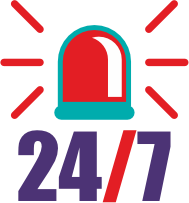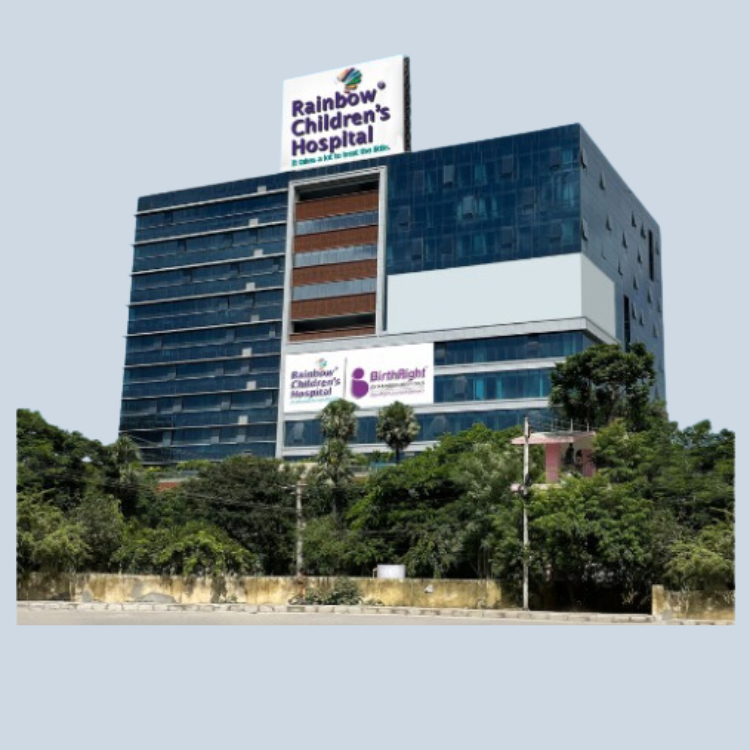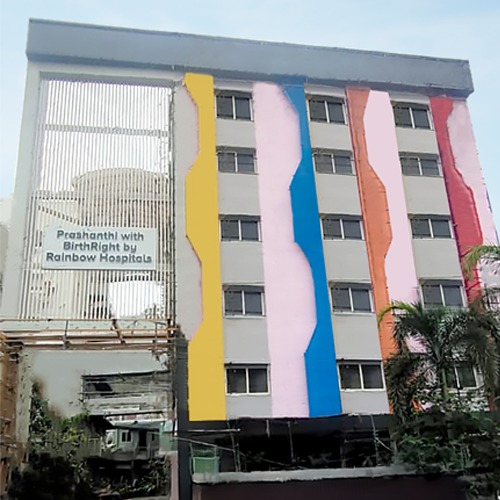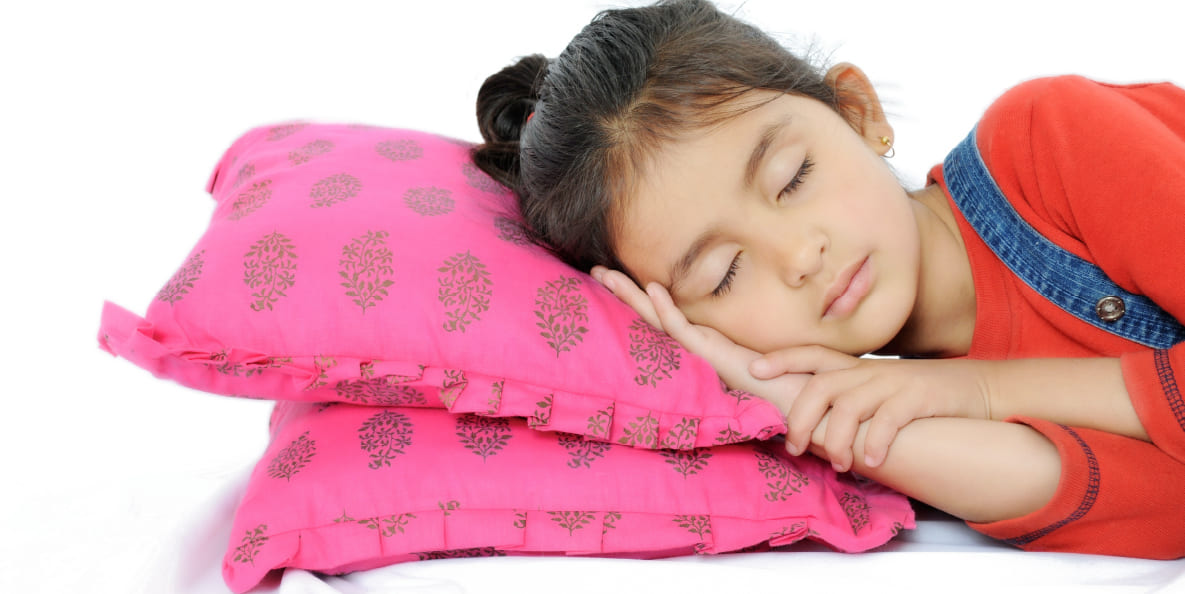Find a Doctor
Expertise you can trust, Meet our esteemed doctors who bring exceptional knowledge, compassion, and innovation to provide top-notch care for your health and well-being.
Best Treatment For Urinary incontinence in Children, Vizag
Best Treatment For Urinary incontinence in Children, Vizag ,Urinary incontinence in children refers to the unintentional passage of urine, commonly recognized as bedwetting during sleep or daytime accidents. It's a condition that can affect children of varying ages and is often a source of embarrassment and stress. While it's a relatively common issue, it can impact a child's self-esteem and emotional well-being.
There are various types of urinary incontinence in children, including nocturnal enuresis (bedwetting during sleep), diurnal incontinence (daytime wetting), and continuous incontinence. Causes can vary from structural abnormalities in the urinary tract to bladder dysfunction, hormonal imbalances, or psychological factors.
Treating urinary incontinence in children generally involves a multi-faceted approach, considering the specific type and underlying cause. Behavioral therapies, such as bladder training techniques and scheduled voiding, are often employed to improve bladder control. Encouraging regular bathroom habits, limiting fluid intake before bedtime, and rewarding dry nights can help motivate children.
In certain cases, medications may be prescribed to address underlying issues, such as overactive bladder or hormonal imbalances. Pelvic floor exercises or biofeedback therapy may also be recommended to strengthen pelvic muscles and improve bladder control.
Additionally, treating the underlying cause is essential. Addressing any structural abnormalities, infections, or medical conditions that contribute to incontinence is part of the treatment plan. For instance, surgery might be required to correct congenital abnormalities impacting bladder function.
Parents and caregivers play a crucial role in managing urinary incontinence by offering support, maintaining a positive attitude, and avoiding punitive measures. It's important to create a supportive environment for the child, reducing stressors related to the condition.
In conclusion, managing urinary incontinence in children involves a tailored approach, considering the cause and type of incontinence. With a combination of behavioral strategies, possible medication, and addressing underlying factors, significant improvements in bladder control and overall quality of life can be achieved for affected children.

Leading Hospitals
Rainbow Children's Hospital stands as a testament to the hospital's continual pursuit of excellence and innovation, providing specialized care for women and children.









































































